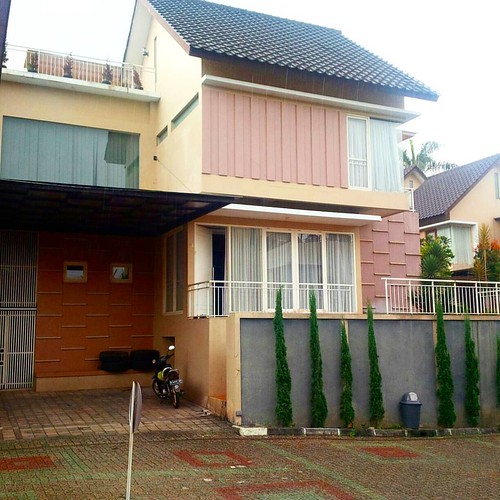TM 2000. The cells transfected with siRNA 3 were used as a negative control. The transfected cells were randomized into four groups followed by immunoblot assay: Group 1, control; Group 2, subjected to 6 h of OGD; Group 3, Elesclomol price treated with OGD and propofol; and Group 4, cells treated with OGD and Intralipid. For the western blot analysis of the effects of propofol on autophagy-related proteins, the PC12 cells were cultured in 60-mm dishes and harvested after 6 h of OGD. Animal and Surgical Protocol Male Sprague-Dawley rats weighing approximately 250300 g were purchased from the Experimental Animals Center of Shanghai Jiaotong University and surgically prepared for I/R injury as described previously. All the procedures were performed in accordance with the Guide for Care and Use of Laboratory Animals published by the National Institutes of Health. The Animal Research Committee of Shanghai Jiaotong University in China approved the protocol. All the rats were fasted for 812 h, and water was provided ad libitum; other conditions were constantly controlled. Anesthesia was induced in a Plexiglas chamber with 4% halothane; the animals were then tracheally intubated and mechanically ventilated with 1.5% halothane in 30% O2/70% N2O. No muscle relaxants were given during the anesthesia. The left femoral artery “2049105 was cannulated to monitor the blood pressure and to collect the blood, and the right external jugular vein was used for drug administration and for blood reinjection. Digital thermistor probes were placed in the rectum to monitor the core temperature, which was maintained at 3760.5uC using an electrically heated blanket. The arterial blood samples were collected for blood gas analysis after the isolation of the bilateral common carotid arteries from the carotid sheaths using a ventral midline incision. If the blood gas parameters were PO2 90140 mmHg, PCO2 3545 mmHg, pH 7.357.45, GI 150180 mg/dl, cerebral ischemia was induced by clamping the common carotid arteries with small vascular clips and inducing hypotension by withdrawing and injecting blood for 10 min. Forebrain ischemia was confirmed by an EEG indicating the complete suppression of electroencephalographic activity. Thereafter, the clips were removed, and the withdrawn blood was reinfused. At the end  of the anesthesia process, the vascular catheters were removed, and the wounds were sutured. The endotracheal catheter was extubated until there was a recovery of spontaneous respiration and the righting reflex. Sham-operated rats underwent the same ” procedures, except for the I/R. To observe the time course for the histochemical and immunohistochemical analysis following I/R, the animals were sacrificed at 0, 1, 3, 6, 12 and 24 h post-I/R by transcardial perfusion of 0.9% normal saline, followed by 4% paraformaldehyde in 100 mM phosphatebuffered saline. To study the effects of propofol and the autophagy inhibitor 3-methyladenine by histochemical, immunohistochemical and transmission electron microscopic analyses, the rats received an intracerebral ventricular injection of 600 nmol 3MA and dissolved in normal saline by heating the solution to 6070uC immediately before injection), an intraperitoneal injection of propofol or an intraperitoneal injection of vehicle 10 min after I/R and were sacrificed 12 h after I/R. The left femoral artery was cannulated to measure the arterial pH, PaCO2, PaO2 and blood glucose concentration. These parameters were measured before and during I/R and 60 min afte
of the anesthesia process, the vascular catheters were removed, and the wounds were sutured. The endotracheal catheter was extubated until there was a recovery of spontaneous respiration and the righting reflex. Sham-operated rats underwent the same ” procedures, except for the I/R. To observe the time course for the histochemical and immunohistochemical analysis following I/R, the animals were sacrificed at 0, 1, 3, 6, 12 and 24 h post-I/R by transcardial perfusion of 0.9% normal saline, followed by 4% paraformaldehyde in 100 mM phosphatebuffered saline. To study the effects of propofol and the autophagy inhibitor 3-methyladenine by histochemical, immunohistochemical and transmission electron microscopic analyses, the rats received an intracerebral ventricular injection of 600 nmol 3MA and dissolved in normal saline by heating the solution to 6070uC immediately before injection), an intraperitoneal injection of propofol or an intraperitoneal injection of vehicle 10 min after I/R and were sacrificed 12 h after I/R. The left femoral artery was cannulated to measure the arterial pH, PaCO2, PaO2 and blood glucose concentration. These parameters were measured before and during I/R and 60 min afte
M2 ion-channel m2ion-channel.com
Just another WordPress site
